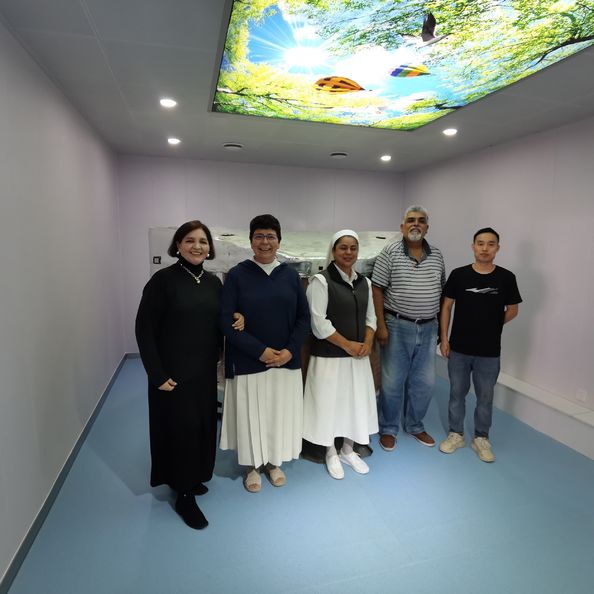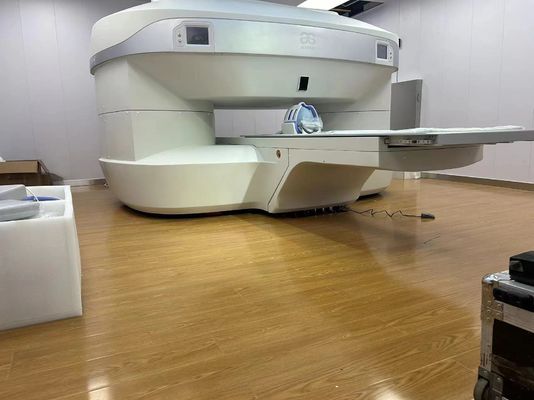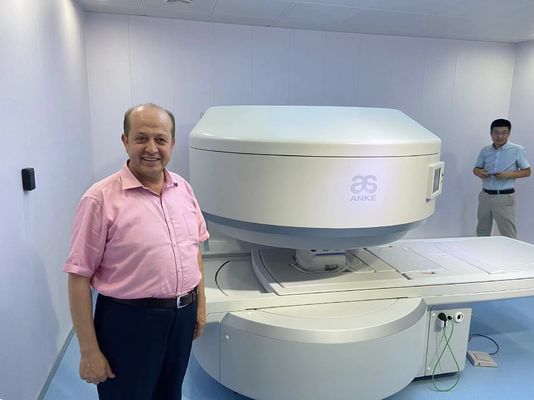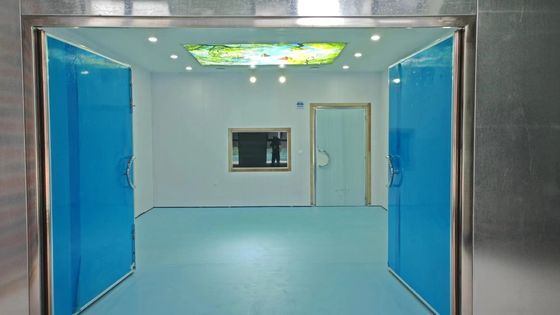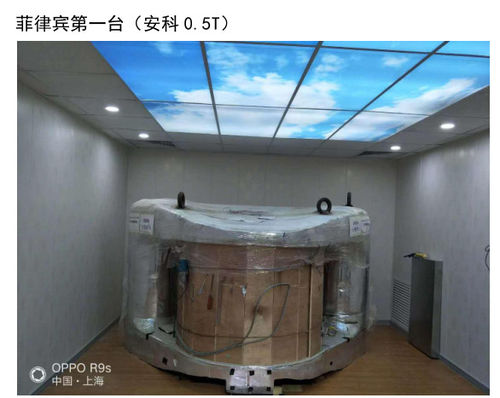우리 에 관한 것
Changzhou Jinruifu shielding equipment Co., LTD
진 루이푸 보호장비 (Jin Ruifu Shielding Equipment Co., Ltd) 는 전문적인 제조업체 및 MRI 보호 시스템의 개발자입니다. 진 루이푸는 2013 년에 ISO9001-2008 국제 품질 시스템 인증을 통과했습니다.그리고 스테인레스 스틸 보호 문에 대한 유틸리티 모델 특허를 획득우리는 또한 Jiangsu 주에서 품질, 서비스 및 무결성의 AAA 등급 기업의 타이틀을 수상했습니다. 우리 회사는 용접 및 조립 구리 망, 강철판,구리판으로 보호된 방도, 수동 작동 문, 전기 작동 문, 공기 작동 문, 이중 문 및 기타 시리즈, 최대 연간 200 세트의 생산량.우리의 제품은 미국뿐만 아니라 중국의 30 개 이상의 지방과 도시에 판매됩니다.러시아, 인도, 우즈베키스탄, 카자흐스탄, 시리아, 필리핀, 방글라데시, 이집트, 두바이, 나이지리아, 수단, 예멘, 알제리, 독일, 이탈리아 우리는 우리의 제품의 뛰어난 성능을 위해 기술 혁신에 큰 중요성을 부여합니다. 우리는 ...







